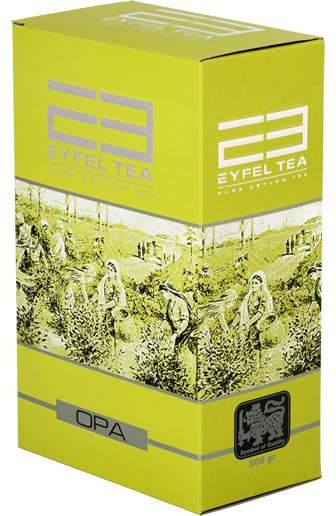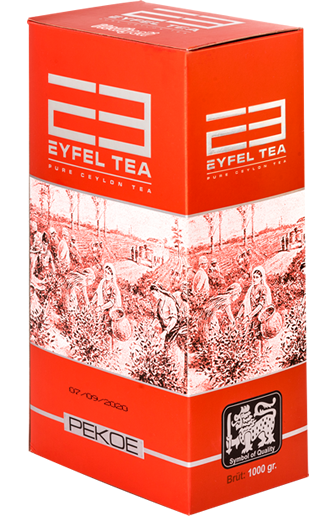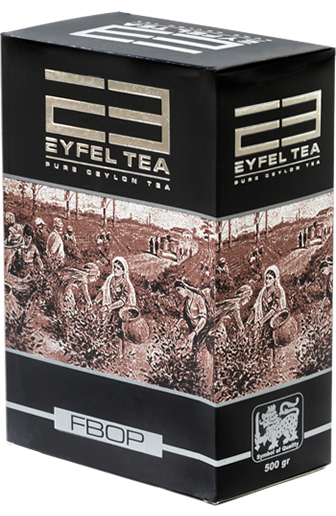History of Tea
Although the homeland of tea is China, the history of tea is best documented in Japan. It is estimated that tea entered Tibet, Korea and Japan in the late 6th century. Tea, which Zen monks drank with pleasure, only became a drink for the masses in the 13th century.
Turks observed a significant growth and development in tea cultivation, especially in Rize, in the 1900s. The first studies initiated by Zihni Derin, the General Director of Agriculture at the time, were made possible with the first seeds brought from Georgia. The first trial production started in Borcka with these seeds distributed to producers in Rize. With the successful conclusion of the trial production, 20 tons of tea seeds were imported from Batumi in 1937 and the first crop was harvested in 1938. Hulusi Karadeniz, who brought the first tea seeds to Rize, and Esat Özoğuz, who contributed to the preparation of the first tea law, are unforgettable names that are remembered with respect in the region.
Production of Tea
During the withering process, water is evaporated with hot air and the tea leaves become suitable for rolling. The ideal withering temperature is 32 C. In the rolling process, the leaf is crushed with various manufacturing machines and its juice is spread over the entire leaf surface. By keeping the chemical compounds in the tea leaf at the appropriate temperature in an oxygenated environment, the oxidase enzyme carries out the oxidation process in the tea. The stage that most affects the quality of tea is the oxidation stage. Reducing the moisture content of the curled and fermented leaves by baking them is called the drying stage. To keep the tea fresh for longer, drying should be done. Teas ready for packaging are classified in accordance with the standard. Both at the exit of the oven and at various stages of classification, dried teas are passed through fiber traps and separated from fiber and tea waste.
So, the TEA that adds flavor to your tables is born.
Packing of tea
Packaging of tea is as important as its taste. Tea packaging must be chosen correctly so that it does not lose its taste, aroma and flavor. Because; Tea is negatively affected by some factors such as humidity, oxygen, ambient odor and light. If you have the correct tea packaging, the tea does not absorb moisture, does not oxidize, does not absorb ambient odor and is protected from the effects of light.
FOOD SAFETY AND QUALITY CONTROL
Food safety is one of the most important issues to protect the health of consumers. Hygiene standards in food production must be complied with, contamination risks must be minimized and traceability of products must be ensured. Food quality control should be applied meticulously in all processes from production to consumption.







